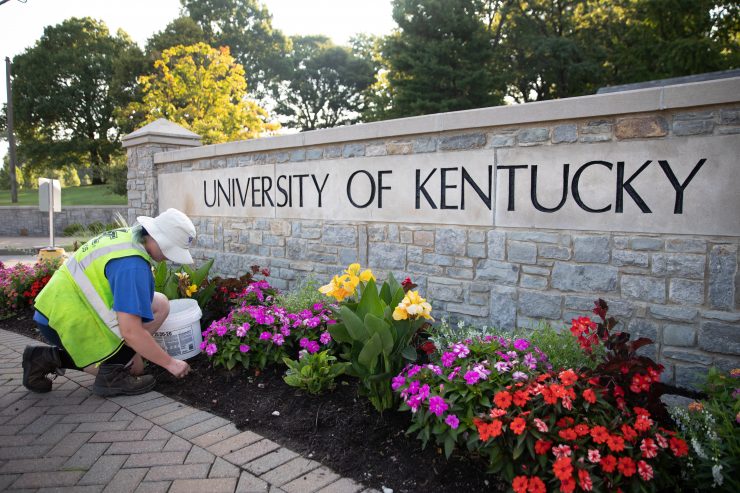Sustainable gardening is often described as taking organic gardening just a step further – simply put, it’s gardening in eco-friendly way by using less chemicals, more green alternatives, and giving back to the earth. Ultimately, the goal is to provide nourishment to the soil and plants as they, in turn, provide nourishment for you and your family!
Try incorporating these 5 simple sustainable practices into your garden for a healthier and higher-quality crop, and the pride of knowing what it means to be an environmental steward.
1. Say “No!” to Lawn Culture
Oh, the American lawn… For some, it’s a source of pride; for others, a chore to pass off to the teenager down the block. But what about diving a little deeper, and thinking of the lawn as a waste of water? As an unhealthy monoculture? As a pesticide and herbicide sink? As a food desert and inhospitable landscape to local pollinators?
Biodiversity rocks – try replacing some (or all!) of your grass with a native meadow landscape, which will be less water-intensive and won’t tempt you to use herbicides. If you have to keep a grass lawn, consider spending less time mowing (once every two to three weeks will keep it tidy) to give pollinators enough time to get what they can from flowering plants before they disappear. Additionally, consider looking into proper fertilization techniques: University of Kentucky’s College of Agriculture, Food, and the Environment has a program called No P On My Lawn that aims to teach citizens about risks of using too much phosphorus on lawns!
2. Capture Carbon
Did you know that you can use your sustainable garden to capture carbon? The key to carbon sequestration is healthy soil! Carbon is actually the main component of soil organic matter. Globally, soil captures several times more carbon than all plant and animal life combined.
If you want to keep your soil healthy, just ease off of it a little bit – seriously (see suggestion #1). A meadow yard or native groundcover will be healthier for your soil than an often-disturbed grassy lawn. Once you’ve got that step down, consider using compost instead of organic fertilizer to boost your soil’s nutrients, mulching to prevent soil erosion and keep those nutrients in the ground, and growing a variety of plants to increase biodiversity!
3. Conserve Water
Freshwater is the most valuable resource on the planet, and our water supplies are shrinking every day. As the climate crisis continues, this problem will only get worse – all the more reason to work hard to preserve water in our daily activities!
Consider planting drought-tolerate shrubs or perennials – your region’s native plants will usually require even less water to thrive. If it’s legal in your area, you can also practice collecting rainwater to recycle for use in your garden – to start, simply place a bucket or barrel at the end of your downspout and wait!
4. Plant Local
Choosing native plants for your garden isn’t only ecologically beneficial, but because they’re better adapted to local conditions, they typically require less water, less maintenance, and less pesticide use! When nonnative plants replace native ones, they have been shown to decrease local insect populations and diversity, even cascading to reduce the populations and diversity of insectivorous birds or other creatures.
To go the extra mile, choose plants that are also pollinator-friendly to give your local pollinators, like your native bees, a helping hand. If you want to attract a variety of pollinators, make sure to grow plants with differing heights, shapes, and colors!
5. Compost
Composting is probably the most well-known sustainable gardening practice, and for good reason: the EPA estimates that compostable organics, like food scraps and yard waste, make up more than 30 percent of what we throw away. Composting reuses that waste, diverting it from landfills, where it would break down and produce methane, a potent greenhouse gas, to instead create a nutritious fertilizer.
You can compost your dead leaves, wasted produce, grass clippings, egg shells, and more – choose a dry, shady spot for your compost pile or bin, make sure to water it regularly (bonus points: use recycled rainwater), and turn the pile once a week with a gardening fork. The finished product will make your soil rich and your plants healthy!
Originally published June 10th, 2021

Try just one of these sustainable gardening tips to improve your local ecosystem!



























